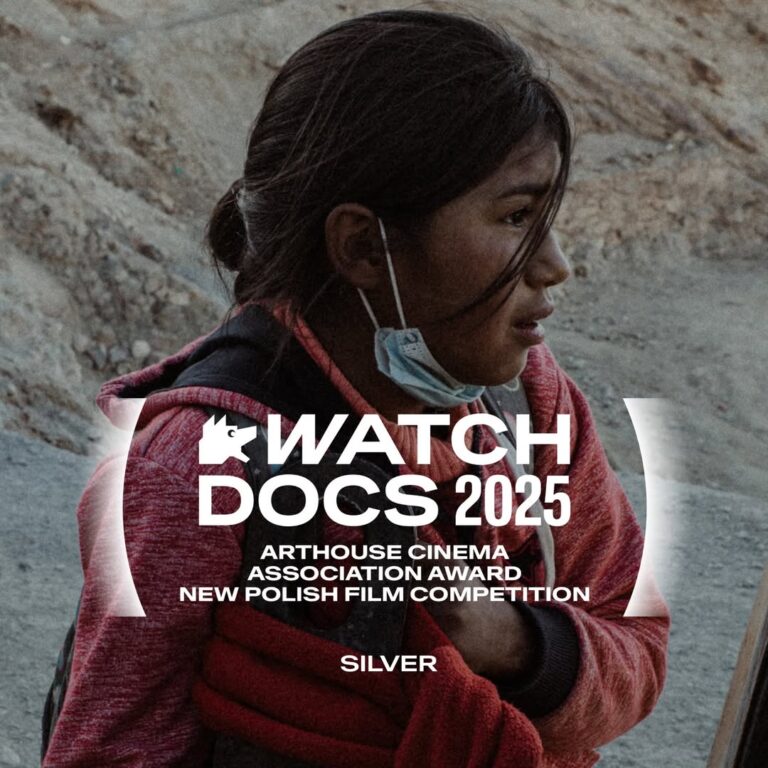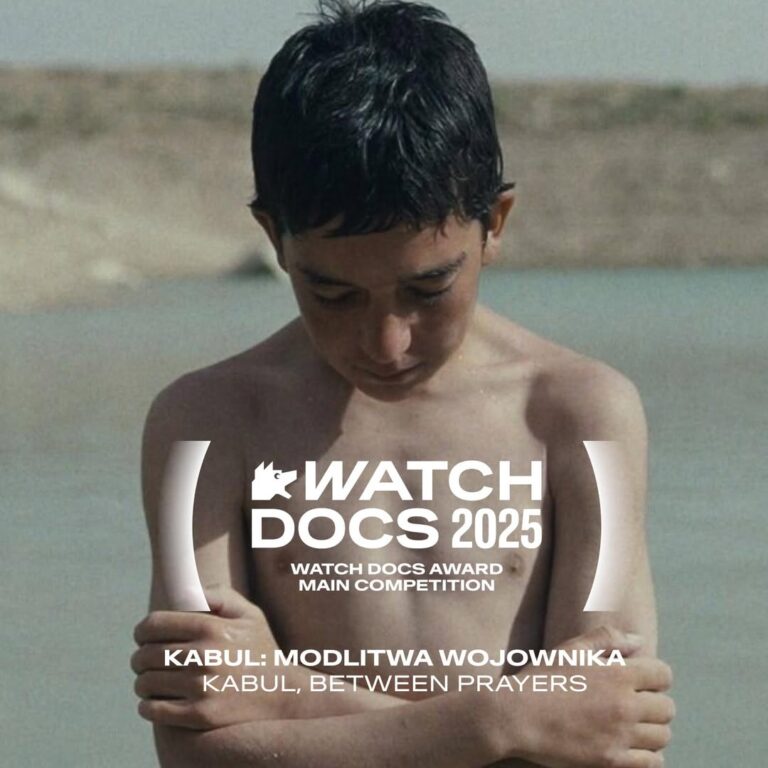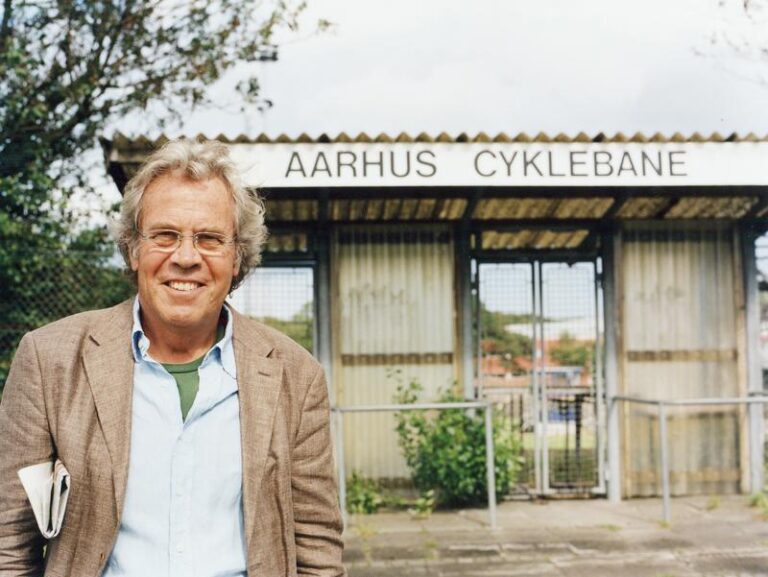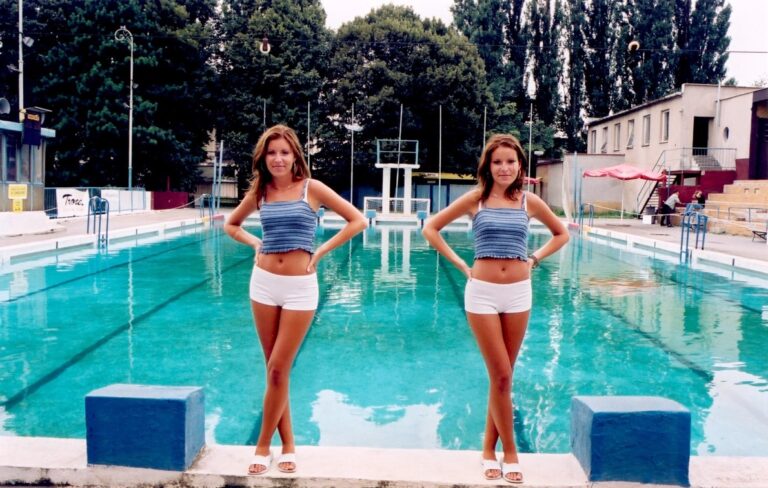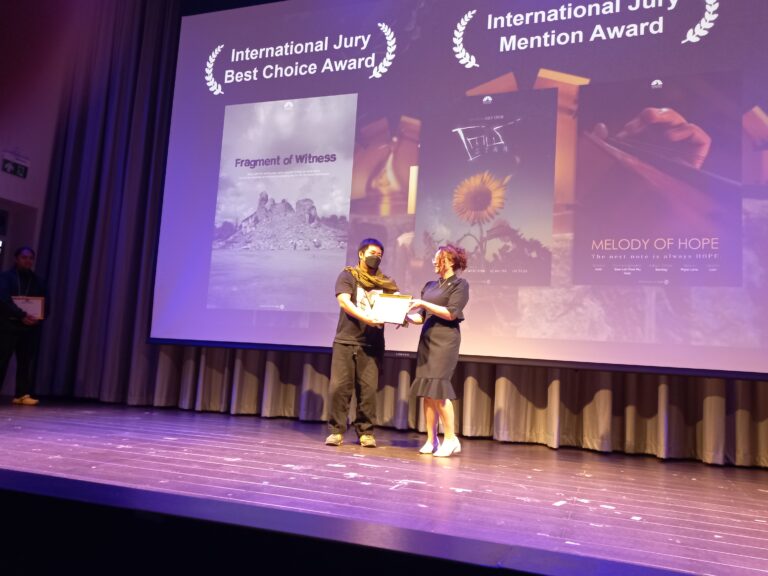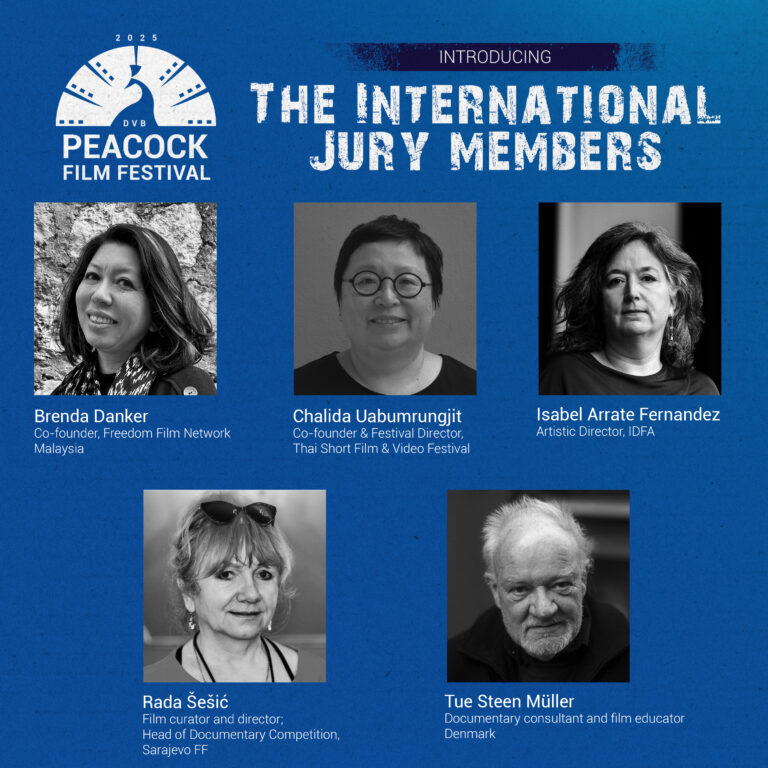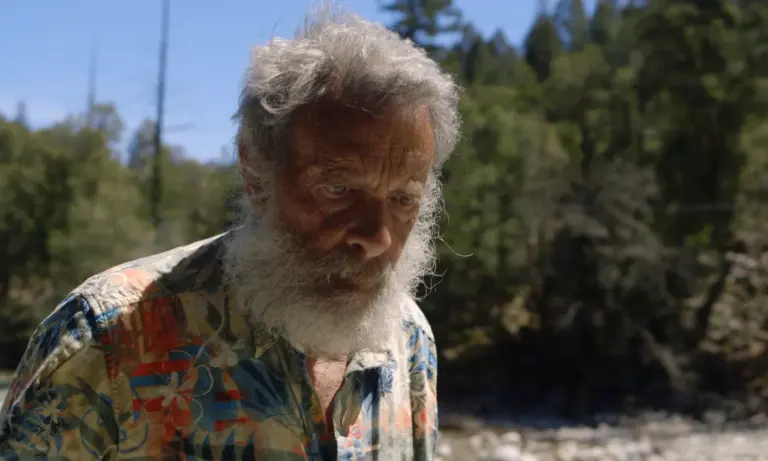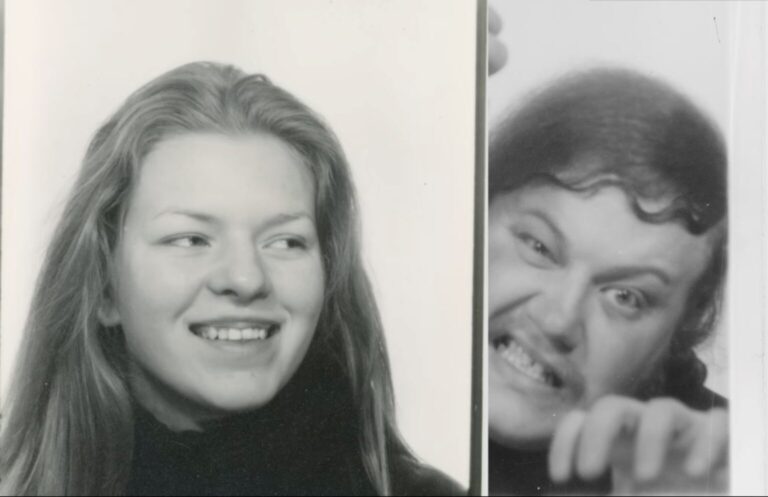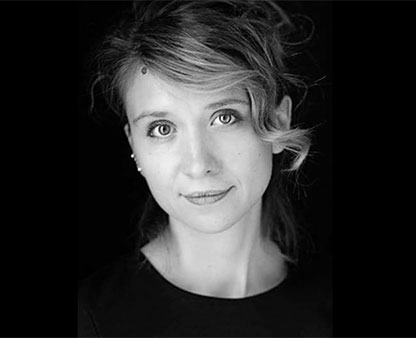
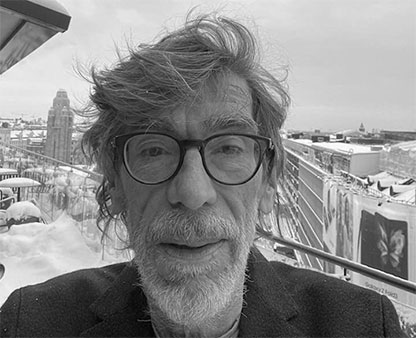
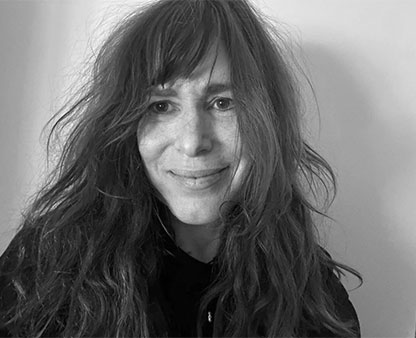
WatchDocs Awards 2025/ 3
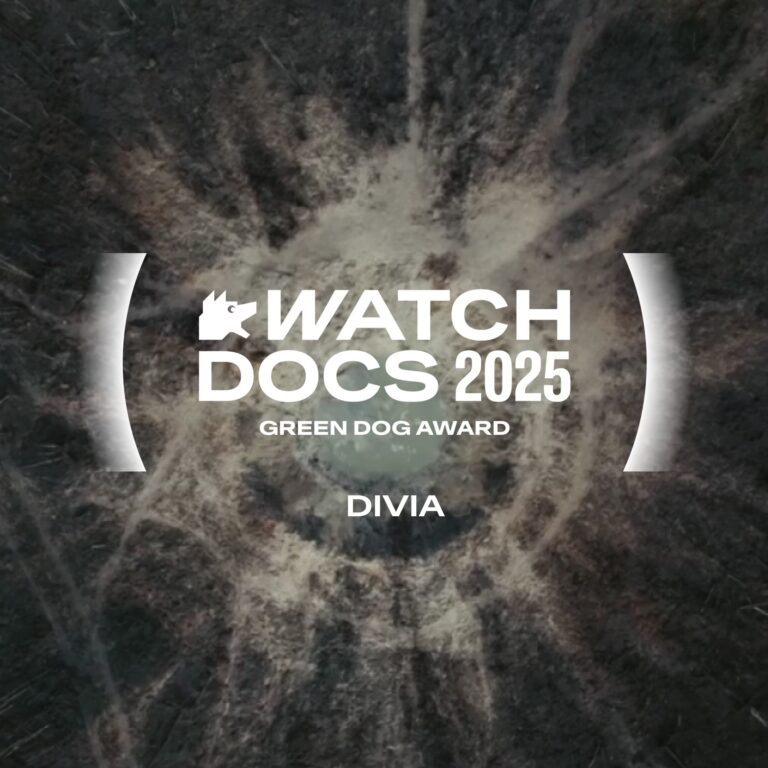
The judges of this year’s edition of the Green Competition were: Michalina Czervoonska, Urszula Jabło ![]() ska, Robert Jurszo.
ska, Robert Jurszo.
![]() The jury awarded the Green Docs Award to Dmytro Hreshka for the movie “Divia”.
The jury awarded the Green Docs Award to Dmytro Hreshka for the movie “Divia”.
“Who will clean up after the war?” Who will disarm hundreds of thousands of landmines and missiles? Who will purify the water and recycle the tons of scrap that war machines turn into? Who will feed abandoned cats and who will restore a place to live for traumatized animals?
All these questions are provoked by the Divia movie. War is an unimaginable tragedy for everyone: people and other animals, plants, land. Dmytro Hreshko consciously refuses words and allows paintings to speak: hectares of burned forests, the fear of animals deafened by bomb explosions. War equates human and animal deaths, the earth treats every body the same way. However, we cannot hope that nature will always be revived. The movie Hreshko does not allow to take your eyes away from the ecocidal, which is part of the war in Ukraine. “
![]() The distinction in the Green Competition was given to the film “Close to the Earth” directed by. Thomas Elshik.
The distinction in the Green Competition was given to the film “Close to the Earth” directed by. Thomas Elshik.
“How to act when the case seems like a defeat?” Why renovate a dead endangered peat field or look for the perpetrators of poisoning wildlife if the sentences always seem too low? Where to get perseverance and hope from?
In the movie “Close to the Earth” the meaning seems to come from the action itself, the opportunity to participate in the richness of the tangles of earthly life, which in an age of flash and often irreversible change, seems more valuable than ever. Tomas Elsik allows us to look at plants or birds from a distance usually inaccessible to us, building intimacy between the viewer and many film characters. Human and inhuman threads intertwine, jumping between the scales of time and space. “
